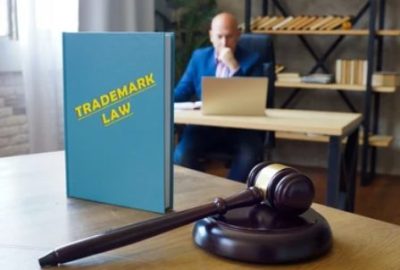Section 47 Of The Trade Marks Act, 1999
The intention behind Section 47 of The Trade Marks Act, 1999 is to prevent hoarding of trademarks. It stipulates that a registered trademark may be taken off the register in case of non-user, if the trademark was registered without any bona fide intention on the part of the applicant to use it and there has in fact been no bona fide use of the said trademark for the time being up to a date three months before the date of application or a period up to the date of 3 months before the date of application of the trademark and a period 5 years or longer from the date on which the trademark was registered have elapsed during which there was no bona fide use of the said trademark
Settled Position Of Law In India
Indian Courts have time and again estopped trafficking of trademarks due to non-use.
In Kabushiki Kaisha Toshiba v. Tosiba Appliances Co. (2008), the Hon’ble Supreme Court opined that a registered trademark confers a valuable right upon the registered proprietor. Therefore, the intention to use the trademark ought to be genuine and real. If a person does not have any bona fide intention of using the trademark, he is not expected to get his trademark registered nor prevent any other person from using the same. In such a way, trafficking of trademarks is restricted.
[Image Sources: Shutterstock]
In Neon Laboratories Ltd. v. Medical Technologies Ltd. (2016), the Hon’ble Supreme Court placed reliance on Section 47 of the Trademarks Act, 1999 which postulates that a registered trademark may be taken off the register in case there is no bona fide use of the trademark for a continuous period of 5 years and 3 months from the date on which the trademark was registered. In the said case, the Appellant-Defendants did not use their trademark for 12 years which insinuated that they had abandoned their trademark at some point during that period. The legislative intent behind section 47 is to prevent hoarding of trademarks in case of non-utilisation. The applicant of a trademark does not have a permanent right over their trademark. Such a right is lost if it is not exercised within a reasonable time.
In Intercity Hotelv. Hotel Intercity Delhi (2019), it was held that Section 47 of The Trade Marks Act, 1999 postulates the possibility of a registered mark being taken off the register on an application being made by any aggrieved personon the ground that for a continuous period of five years and three months from the date on which the trademark was registered, there was no bona fide use thereof. In the said case the Defendant-Appellanthad not used their registredtrademark for a period of over five years from the date of registration of the said trademark. The Hon’ble Delhi High Court opined that The Trade Marks Act, 1999 does not permithoarding or appropriation of trademarks. The legislative intent behind the provision of Section 47 was to ordain that an applicant of a trademark does not have a permanent right by virtue of its application alone. Such a right is lost if it is not exercised within a reasonable time.
Onus Of Proving Non-User
It is an accepted legal position that the one pleading non-user must prove it. Courts across the country have held a consistent view in a plethora of cases.
In Kabushiki Kaisha Toshiba v. Tosiba Appliances Co. (2008) it was held that the applicant for rectification of the register for non-use must be able to show that he would suffer damages or injuries if the trademark is allowed to stand.
In Shell Transource Limited v. Shell International Petroleum Company Ltd. (2012) the IPAB observed that the onus of proving “non-user” is on the person who pleads the same. However, when the applicant has pleaded non-user, the respondent must specifically deny the same and in absence of specific the Court can hold that the allegations stand admitted.
This means that although the party pleading non-user has the onus of proving it, it is the duty of the respondent to rebut such allegations of non-user.
Conclusion
Therefore, it is beyond a shadow of doubt that the Trade Marks Law in India does not permit the hoarding or appropriation of trademarks. Courts across the country have repeatedly asserted that the applicant of a registered trademark does not have a permanent right over the same. In case, there is non-utilization of a registered trademark for a reasonable time period as prescribed by The Trade Marks Act, 1999, the said trademark may be removed from the Trade Marks Register.
Further, in case of a plea of non-use, the party pleading the same has the onus of proving it.
Author: Sonakshi Pandey, in case of any queries please contact/write back to us via email to chhavi@khuranaandkhurana.com or at Khurana & Khurana, Advocates and IP Attorney.
References
- Kabushiki Kaisha Toshiba v. Tosiba Appliances Co., (2008) 10 SCC 766
- Shell Transource Limited v. Shell International Petroleum Company Ltd., 2012 SCC OnLine IPAB 29
- Neon Laboratories Ltd. v. Medical Technologies Ltd., (2016) 2 SCC 672
- Intercity Hotel v. Hotel Intercity Delhi, 2019 SCC OnLine Del 7644




